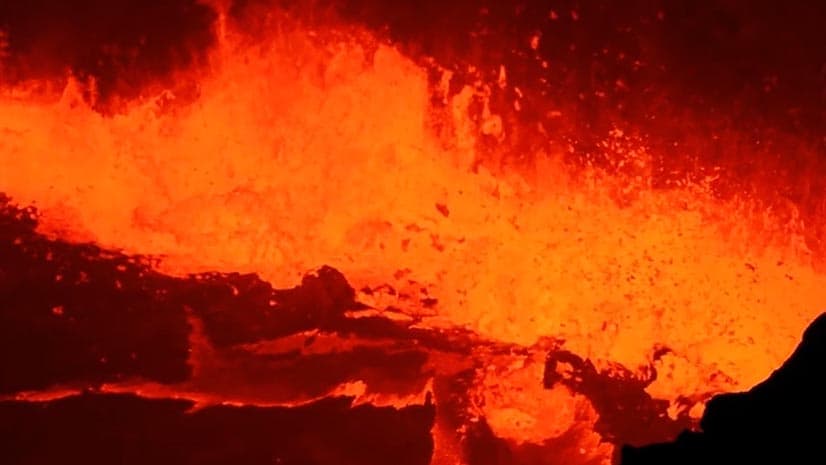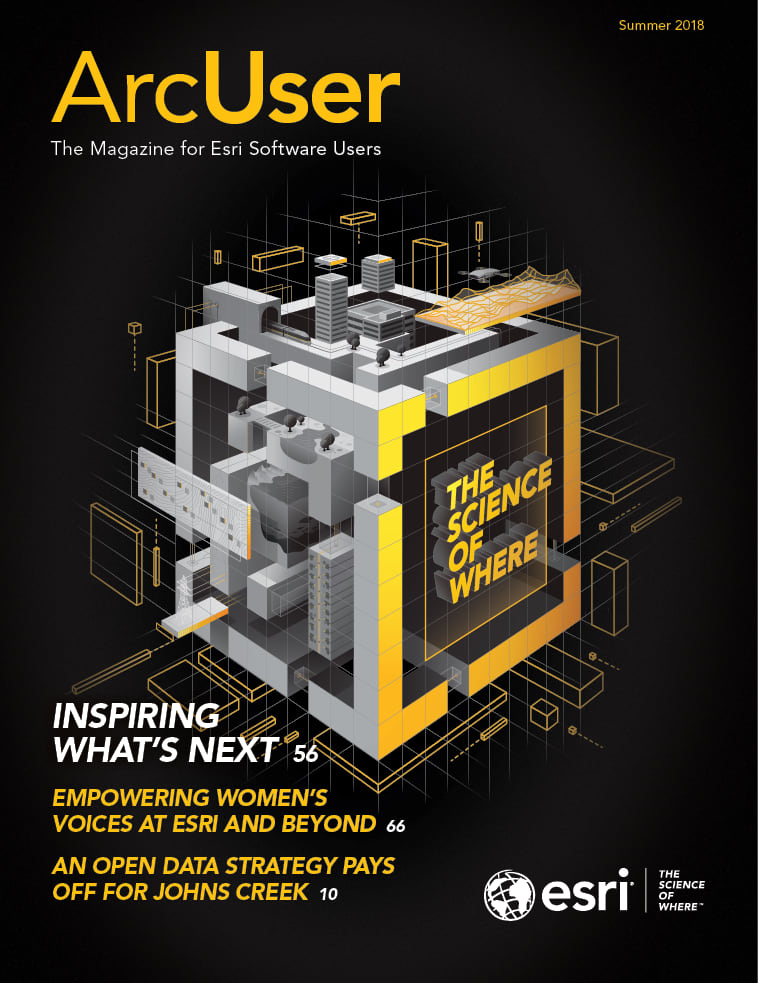The largest library in the world, the Library of Congress (LOC), found a new and innovative way to share its massive collection using Esri Story Maps apps.
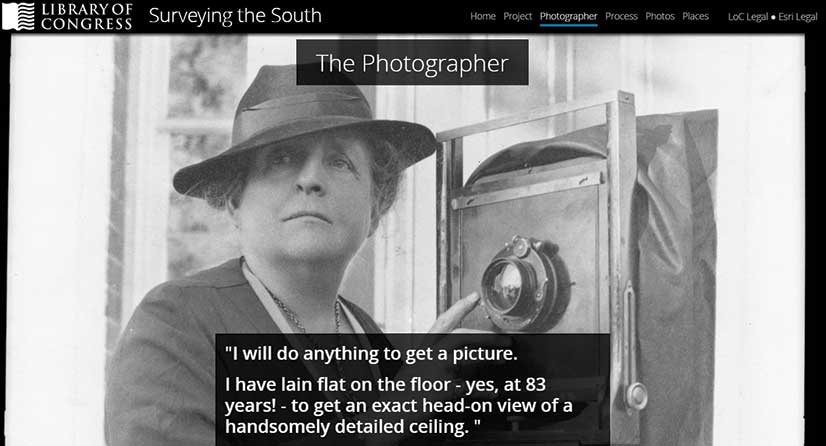
Located in Washington, DC, LOC serves Congress, the federal government, and the people. The library’s collection now boasts more than 167 million individual items. The staggering 838 miles of bookshelves contain books, printed materials, recordings, photographs, maps, sheet music, and manuscripts. With 12,000 new items added daily, many of these national treasures will never be part of a physical exhibit.
As the library embraces the twenty-first century, its leaders have adopted a strategic plan for 2016 through 2020 that will share more of its collections using new technologies, systems, and online tools. Physical exhibits cost money, take time, and are available only to those who can physically visit the library. The library has empowered curators with digital tools to reach an increasingly connected global audience beyond the library’s walls.
Library leaders initiated a 10- to 12-week pilot program to test Esri Story Maps apps as a new method for curating collections. Story maps let users combine text, images, and multimedia content in an interactive application that tells stories through the power of geography using GIS. During the trial program, 10 employees from six library divisions used the online platform to create presentations that illuminate previously unseen collections. The curators chose compelling materials that had never been exhibited and readied their story maps for presentation during LOC’s GIS Day celebration on November 15, 2017.
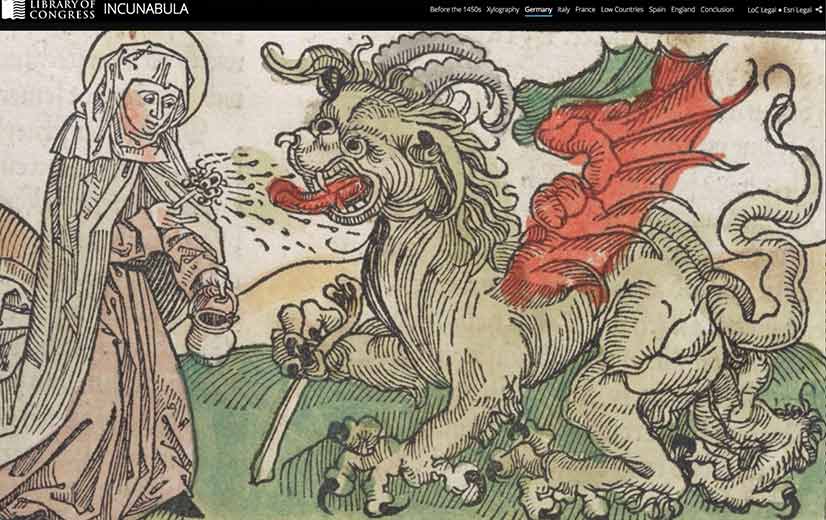
The exercise shined a light on collections that otherwise might never have been seen. Story maps provided new ways for the 10 curators to explore and share their collections. They used existing location data in their subject matter to better understand each collection, tease out new insights, and foster connections between different divisions at LOC as curators collaborated to enrich each other’s projects. Perhaps most important, they created a means of sharing collections with anyone in the world who has an Internet connection.
“I was able to give a voice to a collection and make it my own,” said Francisco Macias of the Law Library of Congress. “I think many of us who work in the library oftentimes think, ‘Why don’t they do an exhibition on this?’ This provides an opportunity to bring collections to life.”
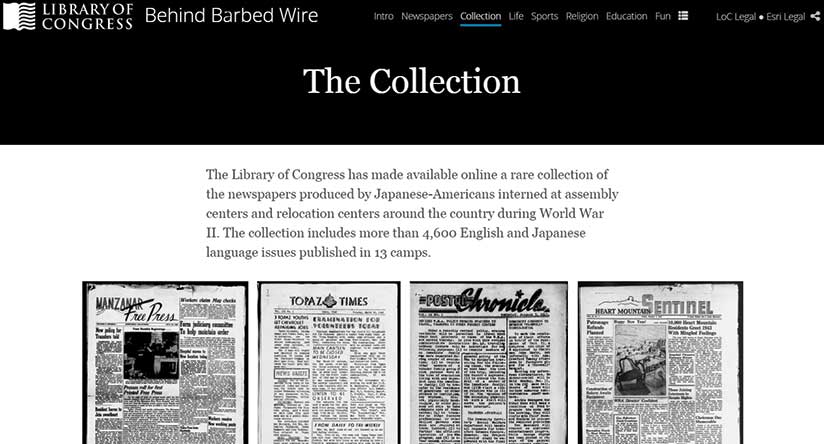
The cloud-based Esri Story Maps platform will be available to all library staff. Pilot project participants are looking forward to creating more digital exhibits using story maps. Three story maps have been published on the Library of Congress website (www.loc.gov), and the library has plans to share more story maps on the website.
“I find story maps to be a twenty-first-century tool for a twenty-first-century library,” said Stephanie Stillo of the Rare Book and Special Collections Division. “Story maps give us this fun and user-friendly way to mine deeper into our collections through mapping our data and through creative visualization. More and more people are reaching out to the library through our website, and I think it’s important that we’re reaching back to them with information that’s interactive, that’s engaging, and that has that stamp of authority from the Library of Congress.”
